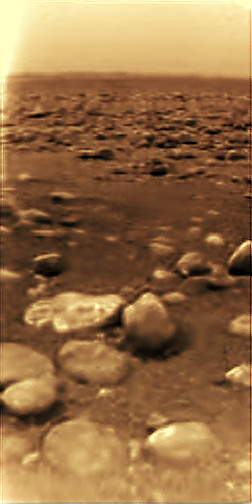After
months of delays and behind the scenes intrigue, Star Trek: Discovery finally premiered on CBS on Sunday night. The
first episode aired on the network, but the remaining episodes will air
exclusively on CBS’s streaming platform, CBS All Access. The second episode went
up on All Access immediately after the first premiered. Set ten years before
the Original Series, Discovery follows
the story of Lieutenant Commander Michael Burnham (Sonequa Martin-Green), first
officer of the USS Shenzhou. Discovery is
the first Star Trek series not to feature a captain as the protagonist. Discovery will also be the first Star
Trek show since the last two seasons of Deep
Space Nine to feature serialized rather than standalone storytelling. Having
watched the first two episodes, they feel more like a prologue to whatever the
series eventually becomes. Thus, it’s hard to judge whether Discovery will be more Deep Space Nine or Enterprise.
The first
two episodes, “The Vulcan Hello” and “Battle at the Binary Stars” vary in their
quality. “The Vulcan Hello” suffers from clunky writing and exposition dumping.
The show takes great pains to introduce another retconned version of Star Trek’s
favorite villains turned allies, the Klingons. In Discovery, the Klingons ridged heads are on prominent display
alongside their rampant xenophobia. A religious zealot named T’Kuvma berates
his fellow Klingons on their failure to follow the old ways. He promises to
unite the 24 great houses—a point that is reiterated several times—and make the
Klingon Empire great again. Compared to the Klingons of The Next Generation and Deep
Space Nine, Discovery’s Klingons are less obsessed with honor and instead
are more tribal and brutish. Discovery has
T’Kuvma and the other Klingon characters speak Klingon while providing English
subtitles. The subtitles combined with the harsh and guttural sounds of the
Klingon language—forcibly pushed through the Klingon’s teeth (shown prominently
in several scenes)—means that the audience spends more time reading the
dialogue than paying attention to what is happening on screen.
The first
two episodes lean heavily callbacks to the Original Series, but fail to
establish any sort of continuity with it. Burnham is a human raised by Vulcans,
specifically Spock’s father, Sarek. Sarek (James Frain replacing the late Mark
Leonard) makes several appearances throughout the first two episodes in his
role as surrogate parent—Burnham’s parents were killed by Klingons, something
the show continually reminds us. There is a lot of conversation about the need
to balance logic and emotion. Burnham, while presented more in the mold of
Spock, frequently succumbs to her emotional desires, informed by her parents’
death and desire to protect her crew. She even knocks out her captain in order
to initiate a confrontation with the Klingons that will prove Starfleet’s
meddle. While supposedly a prequel to the Original Series, the technology of Discovery clearly outstrips that of Kirk
and Spock’s Enterprise. Starfleet’s dark blue uniforms and the show’s dark
color palette fail to harken back to the Original Series at all, making it hard
to imagine Discovery as a prequel.
Burnham’s
character arc across the first two episodes gives clues towards what kind of
show Discovery could be. The “Vulcan
Hello” opens with her and the captain of the Shenzhou, Philippa Georgiou,
played by special guest star Michelle Yeoh (HINT, HINT) reminiscing about their
seven years serving together. As the two flee an approaching storm, Georgiou
suggests that Burnham may be ready for her own command. Over the course of the
two episodes, Burnham, in a desperate bid to save the captain and crew from the
Klingons, betrays Georgiou and winds up in the brig. Her actions are
understandable, but unforgiveable. Heartbroken by the betrayal, Georgiou
confronts her first officer in a scene that highlights the utopian future that
Gene Roddenberry imagined back in the 1960s. Here is an African-American woman
talking with her commanding officer, a Malaysian woman, in a future where their
respective races and genders aren’t the only lenses through which we view their
interaction. They are two officers having an argument about the nature of
loyalty and duty. The scene passes the Bechtel test with flying colors.
By the end
of “The Battle at the Binary Stars” Burnham is locked up for mutiny while the
Federation readies for war with the Klingons. Next week’s episode, then, should
be telling in ultimately what kind of show Discovery
will become.




